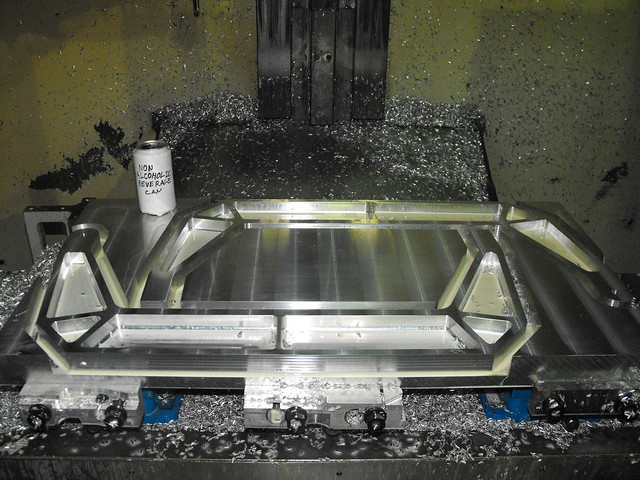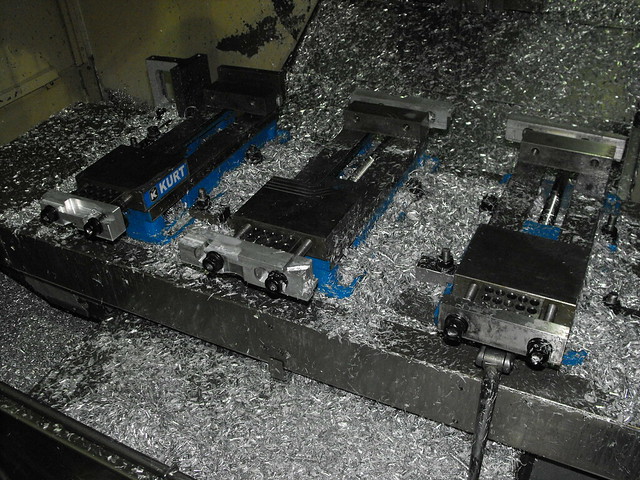I'm having a little trouble and wanted some opinions. I work with a woman programmer who is great but she does some stuff her own way. Bat shit crazy but who am I to judge.
Example, when I post code the operators KNOW that X,Y zero is usually the center of a 3axis mill part, or the far left corner, or if a turned part always on center of rotation and Z zero. I am having a tough time figuring out why my coworker changes, sometimes a milled part that the close side is Y zero, or sets it that way in the software, to be weird or its easier?
Question; do you guys consistently make the WCS the same, or is it just me. Of course there are parts that you absolutely cannot, so I get involved, right?
Robert
Example, when I post code the operators KNOW that X,Y zero is usually the center of a 3axis mill part, or the far left corner, or if a turned part always on center of rotation and Z zero. I am having a tough time figuring out why my coworker changes, sometimes a milled part that the close side is Y zero, or sets it that way in the software, to be weird or its easier?
Question; do you guys consistently make the WCS the same, or is it just me. Of course there are parts that you absolutely cannot, so I get involved, right?
Robert





 ) I loaded the part, picked up offsets and it was a one-off thing. I would just say to ask her. Depending on what type of person she is you can use your own judgement on how to approach her. Maybe just something casual like "Hey I see XY0 is this hole (point to print), can you give me a dimensions from the edge of stock?" Hopefully that will start the conversation of "Oh, I didn't realize you are starting with xx size material, or Is there an easier way for you guys at the machine, etc, etc"
) I loaded the part, picked up offsets and it was a one-off thing. I would just say to ask her. Depending on what type of person she is you can use your own judgement on how to approach her. Maybe just something casual like "Hey I see XY0 is this hole (point to print), can you give me a dimensions from the edge of stock?" Hopefully that will start the conversation of "Oh, I didn't realize you are starting with xx size material, or Is there an easier way for you guys at the machine, etc, etc"